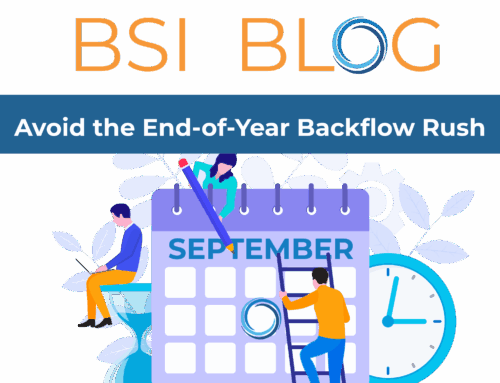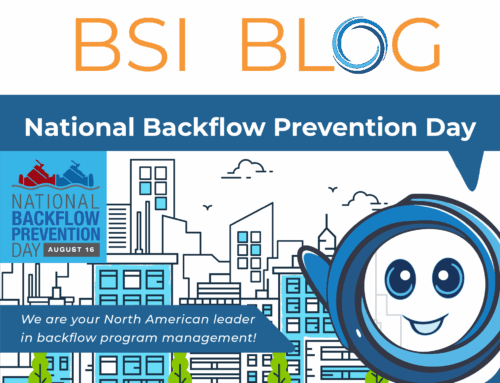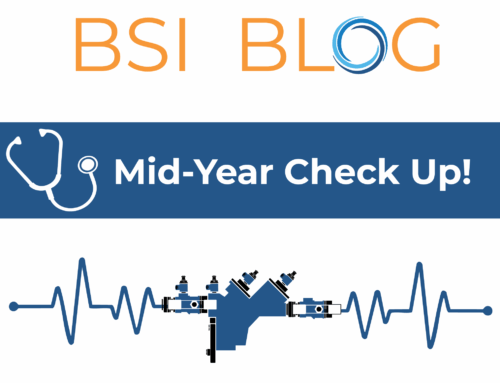If an incident were to occur and there was no record of what type of device, size, location, previous test history, who tested the device, or proof the tester is/was licensed, there could be serious ramifications for not only you, but citizens, administrators, and your entire water supply. Below is an excerpt from the Tennessee Cross-Connection Control Manual about the importance of keeping adequate data:
“Adequate records are to be maintained by the water purveyor to document all efforts made to determine where backflow hazards exist and efforts to protect the water system against these hazards. Complete detailed records showing that every effort has been made to protect the quality of water against contamination by backflow is essential in demonstrating that the water system has faithfully fulfilled its responsibility to see that each customer receives safe water under all foreseeable circumstances.”
There are different means of keeping track of your data: paper records, Excel spreadsheets, software programs, and cloud-based programs. No matter what means each water purveyor chooses, tracking all information associated with backflow devices is key and can help in the event of a backflow incident. The list below is just some of the important fields to consider tracking:
Name of Property
Physical address of property
Mailing address of property
Serial # of assembly
Manufacturer (i.e. Watts, Febco, Wilkins)
Model # (i.e. 909, 825, 975)
Type of Assembly (i.e. RP, DC, DCDA)
Size (i.e. 1”, ¾”)
Hazard (i.e. Domestic, Fire, Irrigation)
Location (i.e. basement, outside, at meter)
Commercial or Residential?
Last Test Date
Next Test Date
Last Test Company of Record
Last Tester of Record
One resource that might help you capture all vital device information you deem necessary for your cross-connection control program, is providing testers with a backflow test report, like this sample one here, from the University of Southern California Foundation for Cross-Connection Control and Hydraulic Research, and mandating it be filled out entirely or it could potentially not be accepted.
Here at BSI Online, we can help with the integrity of your data and ensure all device information is being tracked efficiently. Check us out!
Resources
Tennessee Department of Environment & Conservation – Cross-Connection Control Reference Materials – Cross Connection Manual, https://www.tn.gov/environment/program-areas/wr-water-resources/fleming-training-center/cross-connection.html
University of Southern California Foundation for Cross-Connection Control and Hydraulic Research, Sample Test Report – http://fccchr.usc.edu/_downloads/FRD%20Archives/2017.sample.field.test.form.pdf










